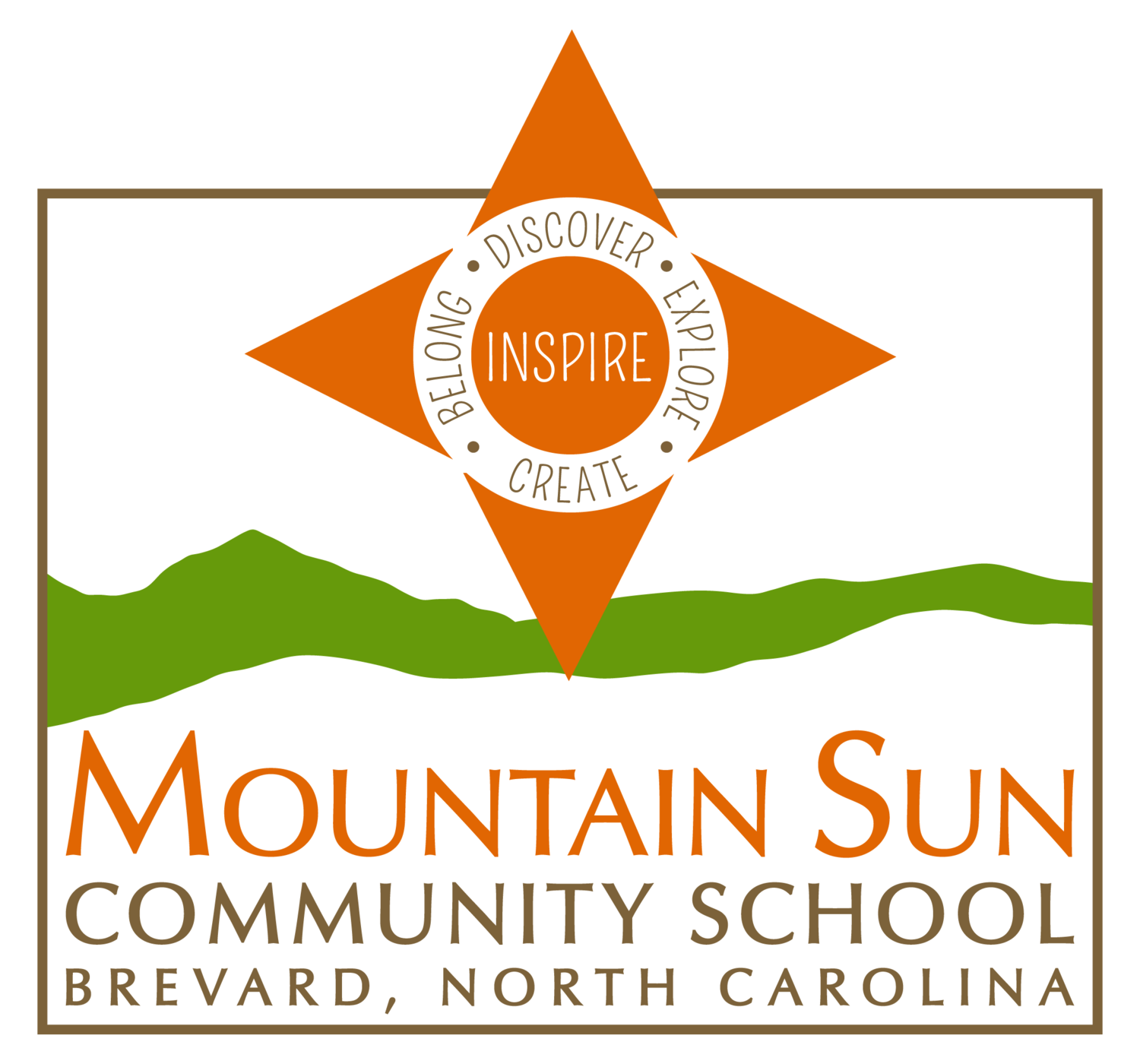Music Is Rhythm, and Rhythm Is Life!
Music classes have been as interesting, humbling, and challenging as anything else in the past year, for both myself and the students. But a challenge is often what we need in order to trust our creativity and dig deeper than we ever have before.
One of my few rules is that there is no such thing as "bad music." If music is bringing joy to someone, then it's doing its job and deserves consideration. We listen to, explore, and analyze all different types of music. Through this, we find the underlying concepts that work in any kind of music, such as chords, melody, rhythm, and harmony. These are the foundations of music theory. We learn music theory mostly through playing. After all, theory is just a theory until put into action. Playing is the proof of the theory.
You've probably seen me walking around campus laden with armfuls of drums, ukuleles, violins, guitars, etc., going from one class to another. Learning to play an instrument is a process, and we are all about process at this school. It's where growth happens. It is necessary that we have moments of making noise that may sound pretty chaotic in order to get to those moments where it all clicks together. Those moments are pure magic, and it is there that I find the greatest satisfaction.
In the Coyote class, students are paired up based on experience level and interest. In each pair, one student serves as the "teacher" and one as the "student," to teach or learn one-on-one, which is by far the best way to learn. I certainly don't expect every student to master an instrument, but I do hope that each student might leave my class feeling more inspired to make music on their own time.
Monarch Music is the bridge between the younger and older classes. We play music games, listen to music, watch music videos, and learn songs. It is pure fun. This age is an opportunity to instill the joy and appreciation for learning music that is necessary to dive deeper later on. We are currently learning "My Favorite Things" from The Sound of Music soundtrack. Through this process, the class is learning about standard notation, chords, melody, and time signatures. Many of them are also learning a new instrument.
Acorn Music is where I start teaching our students. Sometimes we get hands on instruments, clap rhythms, or listen to music. Sometimes we take our music journals out in nature to write poetry and draw, inspired by the rhythms and melodies that are all around us at all times. I have a rotation of approaches to tie fundamental ideas and concepts together with themes such as simple rhythms and patterns. Again, learning to enjoy music is so key here. Starting this January, it has been a real treat to work with Tiffany, who is now teaching Creative Movement for Acorns and younger classes. Movement is very musical, and our classes have complemented each other quite nicely.
Every once in a while, the students have a "class concert." When the weather is nice, they work outdoors in small groups to create a dance and/or piece of music to perform. I miss the school performances where we all get to witness these precious young artists work. I hope they feel inspired to make music for you at home.
Written by Josh Carter, MSCS Music Teacher


